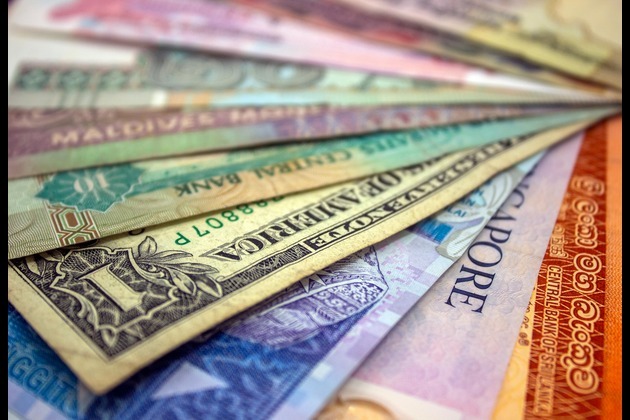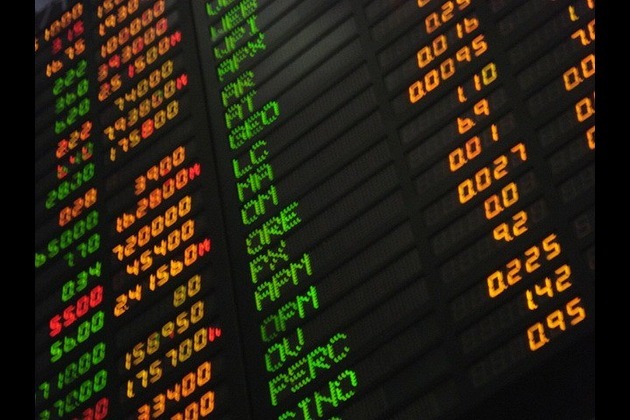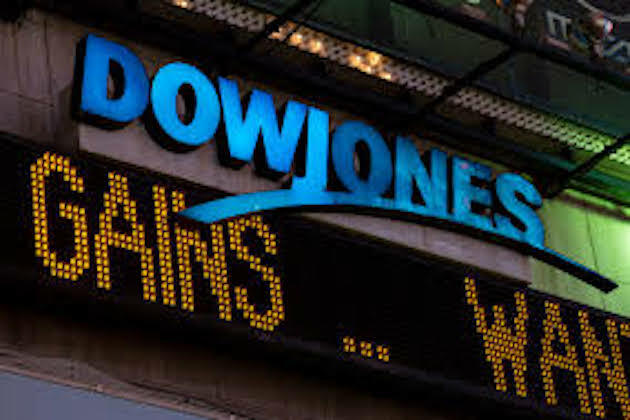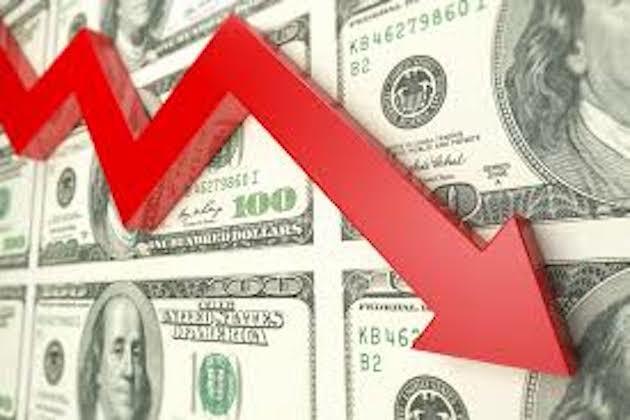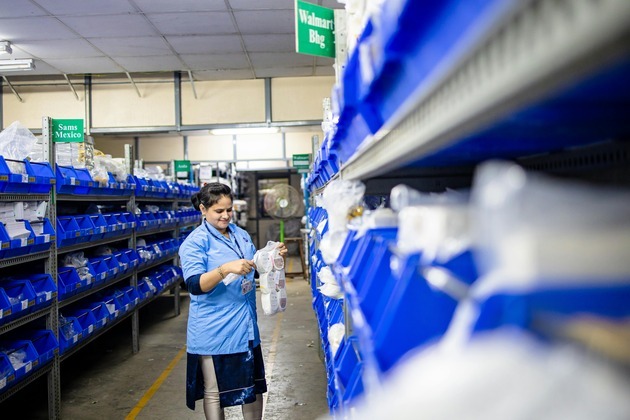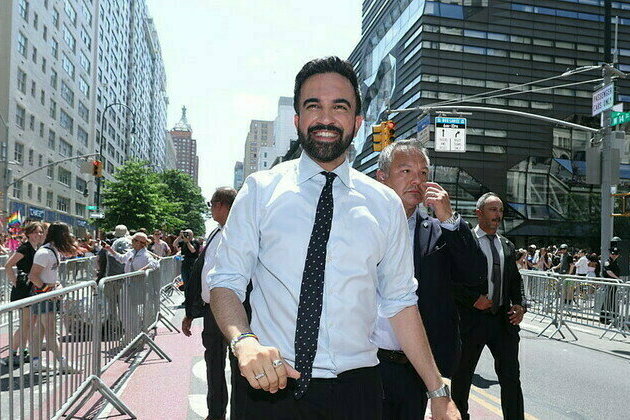Uber drivers report 80-plus hour workweeks and a lot of waiting
The Conversation
14 May 2019, 12:03 GMT+10
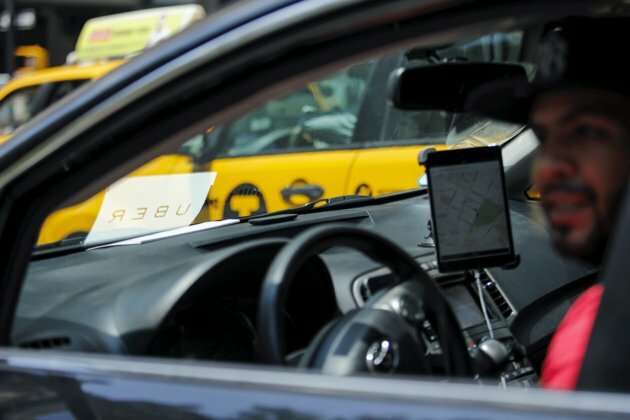
Ubers upcoming initial public offering may be one of the biggest in history, with the ride-hailing company expected to raise up to US$9 billion.
Thats good news for its early investors and executives, who could reap $1.3 billion from the IPO.
For the potentially hundreds of thousands of drivers who do it as their largest or main source of income? Not so much. That may be why some of them plan to go on strike in seven U.S. cities for 12 hours on May 8.
For the past two years, Ive spoken with dozens of full-time Uber and Lyft drivers in Seattle to get an on-the-ground understanding of how the technologies supporting the platform-based gig economy are affecting workers.
Their stories help illustrate why so many of them find it difficult to earn a living wage as an app-based driver.
Just chilling
To see why, it helps to understand how Uber operates and why investors value it so highly.
Uber doesnt see itself as a transportation company. Rather, it sells itself as a technology middle person that efficiently connects riders to transportation providers with its algorithms. Ubers ads boast that drivers can move from earning to chilling with a push of a button, making it easy to get your side hustle on. Lyft similarly promises youre free to drive, earn and get paid when you choose.
Researchers have found that many of its drivers do in fact enjoy this flexibility as most use Uber or Lyft infrequently as a side gig or until they have earned the promotional bonus. But many others perhaps as many as two-thirds in some areas rely on it as their largest source of income.
These drivers are the ones who make it possible for Uber to honor a key selling point to investors: near-instant driver availability. Ubers aim to provide consumers a ride within five minutes of a click was considered a key differentiator from taxis even before it launched in 2009.
That availability necessitates a legion of essentially full-time drivers who spend many unpaid hours waiting not chilling until a fare comes their way. Drivers are only paid once they pick up a passenger. Every minute they spend waiting for a pickup or even driving to meet a rider they are simply losing money.
Media and management
To better understand how drivers navigate this challenge, I interviewed 63 drivers for Uber and Lyft as well as union organizers and policymakers in Seattle over the past two years.
The research is for a book Im working on and part of my ongoing examination of medias role in labor management, a project that looks at how managers have used different types of media from film that showcased efficient manual workers back in the early 20th century to todays apps and algorithms to nudge workers to be more productive. At the same time, they typically insist their use of new technologies will be good for workers as well.
For example, Uber claims that its matching technology creates a seamless pickup experience that connects riders and drivers more efficiently, reduces wait time for riders and produces more business for drivers.
But the drivers I spoke with shared a very different experience. And Ubers own data suggests that drivers spend about half of their time on the app without a fared passenger. The ones I interviewed said that waiting time could be even longer.
The three stories below are typical of the other 60. All names are pseudonyms to protect them from retaliation.
Waiting on a fare
Ayele, a middle-aged married father of two whos been driving for Uber and Lyft for more than six years and currently works only for the Uber Black luxury service, estimates that more than half of the 80-plus hours hes on the app each week is spent waiting for a fare. He says there are days where hes spent as many as 16 hours on call in order to get just a few passengers.
While the long waits are necessary to make ends meet he sends money to his father, sister and other relatives in Ethiopia he earns way below the minimum wage of $15.
Ayele, whom I interviewed at a Teamsters hall outside Seattle, is a member of the App-Based Drivers Association, a union thats been pushing for regulations that would require living wages for drivers.
He told me he joined the union because the rising number of drivers and falling incomes made him realize there is a necessity to be united.
A gift from the Lord
Muhsin, a five-year veteran of Uber and Lyft, also works as much as 80 hours a week.
He says he earns just $9 to $12 an hour after expenses and wait time, which is around the national average found in studies by the Department of Labor, Economic Policy Institute and Ridester. Ridesters late 2018 survey, for example, suggests drivers earn a national average of less than $10 an hour after expenses, which for a 40-hour workweek would be below the poverty threshold for a family of three.
Muhsin puts in such long hours, even at low pay, because he views it as his familial and God-given responsibility to send money to his poor relatives home in Somalia.
Its a gift from the Lord that Im working, the 32-year-old said.
Unpredictability and stress
Salim, a 58-year old Ethiopian driver for Uber Black, jokingly described his profession as a waiter. I wait a lot.
When asked what he does while waiting, he shrugged his shoulders, emphasizing that he cannot plan because you always wait for the phone call.
As a father of two children under 12 and one adult son who depend on his income, Salim could not afford to miss answering the apps call because doing so puts him at risk for a low acceptance rate, which can lead to deactivation.
Salim said it can also be emotionally and physically stressful. Studies have shown that the long, unpredictable and underpaid hours can lead to physical, mental, emotional and marital strain.
Salim himself says hes witnessed three drivers collapse while waiting in the uncovered airport parking lot during the summer months. The airport only recently added portable toilets and running though not potable water, which alleviates some of the physical stress of waiting.
The company engine
Unions that represent drivers are trying to find ways to ensure their members get paid for all this time spent being on call.
A new law that took effect in New York City in February requires ride-hailing companies to pay their drivers at least $17.22 an hour after expenses, a figure thats meant to account for idle time. Unions in Los Angeles, Seattle and elsewhere are pushing for similar laws as well as ways to appeal the deactivation of a drivers account.
So as early investors and executives for Uber and Lyft which raised $2.34 billion in its own IPO in March collect their windfalls, they should spare a thought for the drivers who made it possible.
We are the engine of the company, said 42-year-old Ahmad, a father of two who drives for Uber and Lyft for 100 hours a week. I believe its time drivers get paid as if they are.
 Share
Share
 Tweet
Tweet
 Share
Share
 Flip
Flip
 Email
Email
Watch latest videos
Subscribe and Follow
Get a daily dose of New York Telegraph news through our daily email, its complimentary and keeps you fully up to date with world and business news as well.
News RELEASES
Publish news of your business, community or sports group, personnel appointments, major event and more by submitting a news release to New York Telegraph.
More InformationBusiness
SectionWall Street diverges, but techs advance Wednesday
NEW YORK, New York - U.S. stocks diverged on Wednesday for the second day in a row. The Standard and Poor's 500 hit a new all-time...
Greenback slides amid tax bill fears, trade deal uncertainty
NEW YORK CITY, New York: The U.S. dollar continues to lose ground, weighed down by growing concerns over Washington's fiscal outlook...
Taliban seeks tourism revival despite safety, rights concerns
KABUL, Afghanistan: Afghanistan, long associated with war and instability, is quietly trying to rebrand itself as a destination for...
Nvidia execs sell $1 billion in stock as AI boom drives record prices
SANTA CLARA, California: Executives at Nvidia have quietly been cashing in on the AI frenzy. According to a report by the Financial...
Tech stocks slide, industrials surge on Wall Street
NEW YORK, New York - Global stock indices closed with divergent performances on Tuesday, as investors weighed corporate earnings, central...
Canada-US trade talks resume after Carney rescinds tech tax
TORONTO, Canada: Canadian Prime Minister Mark Carney announced late on June 29 that trade negotiations with the U.S. have recommenced...
New York
SectionGreenback slides amid tax bill fears, trade deal uncertainty
NEW YORK CITY, New York: The U.S. dollar continues to lose ground, weighed down by growing concerns over Washington's fiscal outlook...
COVID-19 source still unknown, says WHO panel
]LONDON, U.K.: A World Health Organization (WHO) expert group investigating the origins of the COVID-19 pandemic released its final...
Euro, pound surge as U.S. rate cut odds grow after Powell hint
NEW YORK CITY, New York: The U.S. dollar tumbled this week, hitting its lowest levels since 2021 against the euro, British pound, and...
Sam’s Club fulfillment center to shut in Texas, jobs impacted
NEW YORK CITY, New York: Walmart is set to close a major Sam's Club fulfillment center in Fort Worth, Texas, as part of a shift in...
"Not going to let this Communist Lunatic destroy New York": Trump again takes a dig at NYC Dem primary Mamdani
Washington, DC [US], July 2 (ANI): US President Donald Trump was yet again at his rhetoric against the Democratic mayoral nominee for...
Trump attacks communist lunatic New York mayoral candidate
The US president has vowed to stop Zohran Mamdani from destroying the city US President Donald Trump has accused Democratic mayoral...



